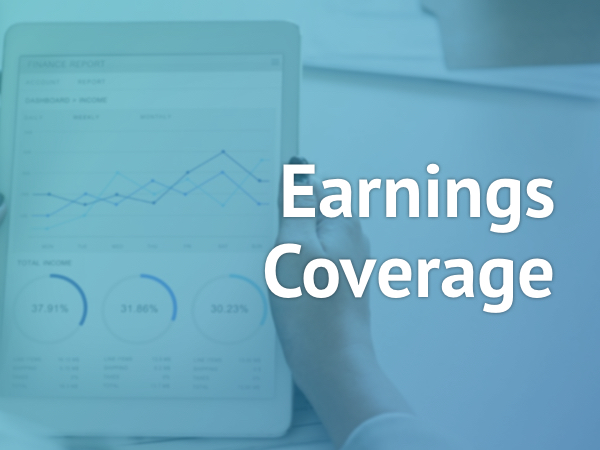Key highlights from Electrosteel Castings Limited (ELECTCAST) Q4 FY22 Earnings Concall
Management Update:
- For FY22, ELECTCAST reported the highest ever ductile pipe production of 603,751 tonnes. And increased the capacity of ductile pipe plant to 4 lakh tonne per annum during FY22.
Q&A Highlights:
- Saket Kapoor of Kapoor and Company asked about the Srikalahasti capacity expansion of 4 lakh tonnes, if the company has got the benefit of entire 1 lakh tonne. Sivalai Senthilnathan VP answered the company had gone into 4 lakh tonne capacity in Aug. 2021. Since then ELECTCAST achieved the 100% capacity and is running at that capacity now.
- Saket Kapoor of Kapoor and Company also asked that looking at the macro environment, how confident is the company of maintaining margins. Gaurav Somani Joint GM Finance said in 4Q also its pig iron sales were in line with that of 3Q. On cost pressures, coking coal prices have moved up and ELECTCAST has been able to pass it on in its realizations.
- Saket Kapoor of Kapoor and Company asked about order book of ELECTCAST. Gaurav Somani Joint GM Finance said ELECTCAST has an order book of around 4-5 months, which is at a comfortable level. And said that on production, the company has been operating at around 95% capacity.
- Saket Kapoor of Kapoor and Company enquired about the drivers of inventory levels on an annual basis going up by about INR1,000 crore. Sivalai Senthilnathan VP Finance said the inventory going up is primarily on account of coking coal prices going up sharply, leading to higher raw material prices and finished good prices.
- Saket Kapoor of Kapoor and Company asked if the company is expecting 95% utilization levels to continue in FY23. Sivalai Senthilnathan VP Finance said the company is trying its best to maintain utilization levels and profitability.
- Saket Kapoor of Kapoor and Company enquired about the expansion of 1 lakh tonne to 5 lakh for Srikalahasti. Sivalai Senthilnathan VP Finance replied that it’s on the cards. But since most of the equipment will be coming from China and China is into a lockdown situation, ELECTCAST is not able to move in the pace it had thought so. So it’s taking little time.
- Saket Kapoor of Kapoor and Company also queried about the timeline for the 5 lakh capacity to come into stream. Sivalai Senthilnathan VP Finance clarified that the capacity buildup will take around 21-24 months time. And once China reopens, ELECTCAST will be able to start.
- Sanjay Dam from Old Bridge Capital asked about the revenues booked on pig iron sales for FY22. Sivalai Senthilnathan VP Finance said that the company did around INR330 crore of pig iron sales.
- Deepak Poddar with Sapphire Capital asked about the volume growth in FY23 and the next 2-3 years. Sivalai Senthilnathan VP Finance answered that in FY22 ELECTCAST did around 6 lakh tonnes of DI pipes. In FY23, the company will be operating its plants at full capacity. ELECTCAST expects to do around 7 lakh tonnes in FY23, plus minus 5%.
- Deepak Poddar with Sapphire Capital also asked about drivers of growth in coming years in FY24-25. Sivalai Senthilnathan VP Finance said the company has done expansions at various phases. The pase 2 of 1-1.5 lakh tonnes of DI pipe expansion is on the boards, which will take around 2 years time. And there is also backward integration in terms of ferrosilicon, siliconmaganese plant and increase in power capacity, which would add to both topline and bottom line.
- Deepak Poddar with Sapphire Capital enquired about the EBITDA per tonne outlook. Sivalai Senthilnathan VP Finance said ELECTCAST’s blended EBITDA per tonne is around 10,000-11,000 tonnes. And the focus is to maintain this EBITDA.
- Chetan Phalke of Alpha Invesco Research asked if the company procures any pig iron from outside for the West Bengal plant and the cast iron plant. Sivalai Senthilnathan VP Finance replied that the plants are backward integrated and have its own blast furnace in both the units. So there is no need to buy pig iron from outside.
- Chetan Phalke of Alpha Invesco Research queried about the DI pipe export volume for FY21 and FY22. Sivalai Senthilnathan VP Finance said that for FY21, FY22 the export volume was around 22-23% of total DI pipe volumes.

